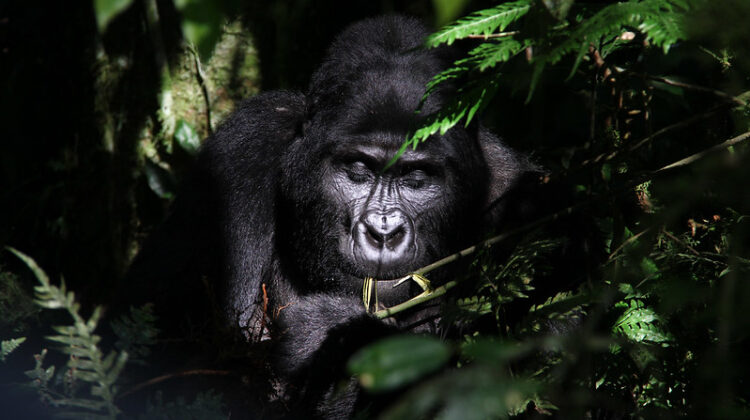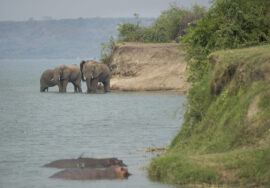
The Best Time to Go Gorilla Trekking in Uganda
The Best Time to Go Gorilla Trekking in Uganda
Gorilla trekking in Uganda is one of the most extraordinary wildlife experiences in the world. Home to more than half of the world’s remaining mountain gorillas, Uganda offers visitors a chance to observe these majestic primates in their natural habitat. However, to make the most of your adventure, choosing the right time to go is crucial.
In this guide, we’ll explore the best seasons for gorilla trekking, the advantages of each, and essential tips for planning your trip.
Best Time for Gorilla Trekking in Uganda
When it comes to gorilla trekking in Uganda, the best time to go is during the several dry seasons:
The peak dry season occurs from June to August, whereas the short dry season occurs from December to February.
Trails are drier, there is less mud, and it is easier to travel through the dense rainforests of Bwindi Impenetrable National Park and Mgahinga Gorilla National Park during these months. These months offer the finest conditions for trekking.
Why the Dry Season is the Best Time for Gorilla Trekking
There is a reduction in the amount of mud and slippery conditions on the paths, which improves the overall quality of the trekking experience.
Gorillas have a tendency to remain in lower elevations, which makes it simpler to locate them. This results in better sightings of gorillas.
There will be fewer chances for rain, which means there will be better visibility and lighting, which will allow for the capture of more breathtaking photographs.
An increase in the number of tourists and an increase in the prices of accommodations occurs due to the fact that permits are quickly sold out during the peak season.
One helpful piece of advice is to make sure that you book your gorilla permit, which costs $800 per person, at least six months in advance.
Gorilla Trekking in the Wet Season – Is It Worth It?
While the dry season is ideal, trekking is possible all year round. The rainy seasons (March to May & September to November) have their own advantages and challenges.
Pros of Trekking in the Wet Season
Take pleasure in a less congested experience in the rainforest, as there are fewer tourists around.
There are certain lodges that provide discounts on accommodations during the low season, which results in lower prices.
Because there is a greater availability of food, gorillas tend to remain closer to one another, which results in a shorter duration of trekking.
Cons of the Wet Season
There is a higher likelihood of rainfall, which means that gorilla sightings are still certain, but it may be more difficult to take clean photographs. The trails are slippery and challenging, and the presence of more rain results in hiking conditions that are steep, muddy, and difficult.
If you are planning to visit during the rainy season, it is advisable to pack waterproof equipment, hiking boots, and a walking stick in order to manage the slick paths.
Month-by-Month Breakdown of Gorilla Trekking in Uganda
| Month | Weather Conditions | Best for Trekking? |
|---|---|---|
| January – February | Short dry season, warm & clear | ✅ Excellent trekking conditions |
| March – May | Heavy rains, muddy trails | ❌ Tough hikes, but fewer tourists |
| June – August | Peak dry season, cool & sunny | ✅ Best time for trekking |
| September – November | Short rainy season | ❌ Muddy but fewer tourists |
| December | Start of dry season | ✅ Good trekking conditions |
When Should You Go Gorilla Trekking in Uganda?
Visit during the dry season (June-August and December-February) for the most enjoyable experience. However, if you are looking for treks that are more affordable and less crowded, you should consider going during the rainy season (March-May and September-November). Gorilla trekking in Uganda is sure to be an experience you will never forget, regardless of the time of year you visit.

